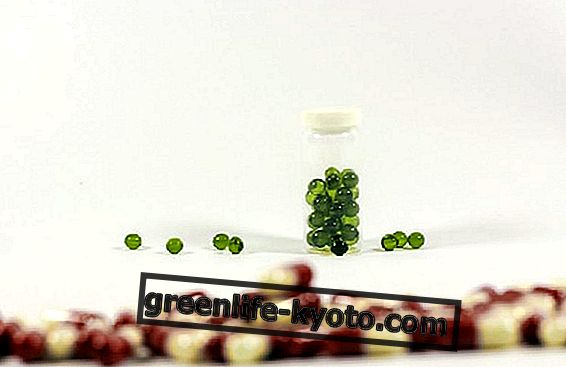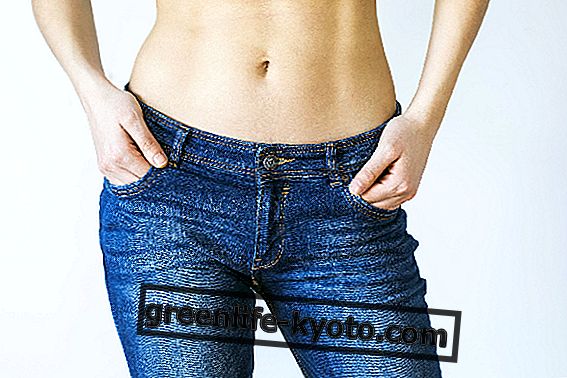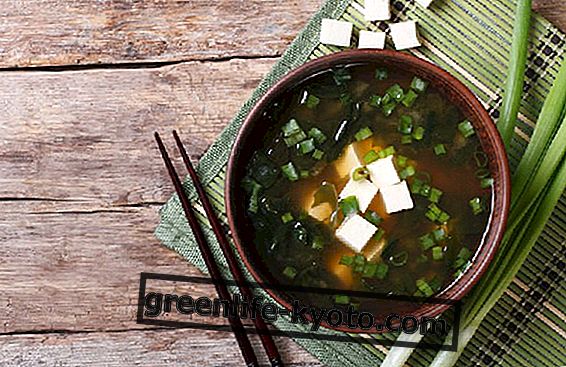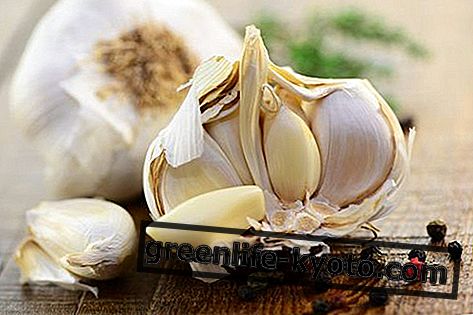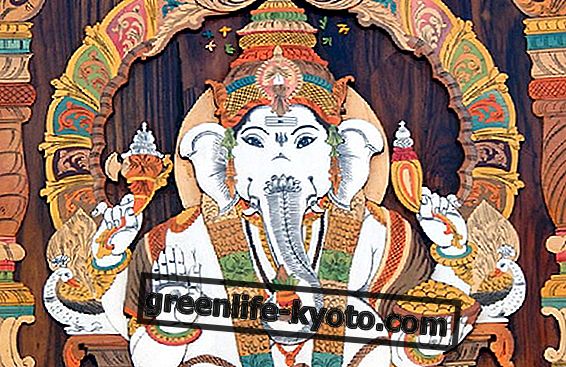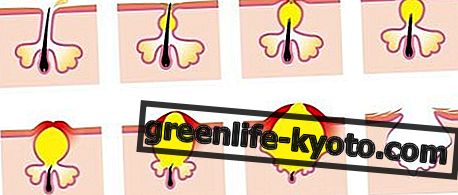
From psychology to psychosomatics
The human being naturally tends to live every expression and change of his body with a rich range of emotions, and to accompany every single emotion with as many expressions and changes of the body.
Yet, despite the close relationship between psyche and soma represents an indisputable truth, the Western Man has developed an ultraspecialistic science increasingly based on the division of the two aspects, psychic and somatic, of the human being, forming competent specialists of the one or of the other specific field and limiting as much as possible the interaction or interference between the respective roles.
Since Descartes had postulated the mind-body division, Western science has followed that model focusing mainly on the second instance, considered the most important.
It was not until Freud that the psychic aspect was given a certain importance in the approach to the human being, but also his method, on the other hand, did not take into due consideration the importance of the body.
Finally, but in much more recent times, the observations and research of some scholars who have focused their attention on the interactions between body and mind have allowed us to lay the foundations for the development of modern psychosomatic science.
The work of W. Reich and A. Lowen probably represents the most important initial contribution to the new science: they found that psychic emotions are accompanied on the somatic level by an increase in the tone of specific muscles, and that the assiduous presence or chronic retention of the same emotions lead to permanent changes in the muscles and connective tissue, giving rise to psychosomatic blockages and armor which are in turn conditioning the personality of the individual, and tend to maintain their emotional attitudes in a continuous forced spiral.
The scientific method
Even traditional science, moreover, immediately ready to exclude from its field of interest all that is not possible to measure with scientific rigor and to demonstrate with appropriate statistical investigations, has now been forced to change its position at least in part, counting the psychosomatic factor among the possible etiological factors of many diseases, as well as resorting to it as the last diagnostic resource when all the instrumental and clinical means available do not allow to frame a pathological state among the available models (!).
The expressions of the psychosome
In reality, the emotions that are expressed somatically through an interpretable body code are really numerous, and this fact gives them a new and more intense meaning.
The body thus reveals itself as a simulacrum of the emotional life : the emotions felt and those held back or repressed shape the body day after day, so that at any time it is possible, for the careful and expert observer, to reconstruct the emotional history.
The psychosomatic affection
The field of interest of the psychosomatic science concerns in particular the energy nodes, the disharmonies and the blocks of the psychosome, which are realized when certain emotions are held in the same because the liberation to the outside is impeded or conditioned.
It can be unpleasant or traumatic memories, feelings of anger, aggression, fear, pain ... we have all tried what it means to hold back these feelings for a long time: to prevent their outburst is always accompanied by a general state of tension and the contraction of specific muscles ( for example, the energy of anger and aggression is withheld by clenching the fists or jaws, or bringing the shoulders back, or the pelvic muscles contract to retain sexual energies, etc.).
If these restraining attitudes become habitual modalities, the muscles involved, chronically contracted as a result of the perpetuation of the corresponding emotional states, over time struggle to return to their normal tone and tend to remain chronically more tense.
Consequently, the psychosome limits the fluidity of movement and the vitality of those emotions which, in conditions of health and balance, would be expressed precisely by the functionality of those same muscles.
To be involved in the psychosomatic processes of emotional retention and repression can be practically all the muscular structures: mimicry, postural, superficial, deep, smooth or striated.
Even more complex mechanisms cause changes to the anatomy and physiology of the subcutaneous connective tissue, as in the case of the psychosomatic manifestations of PEFS ('cellulite'), which resist all traditional treatments that do not take due account of this peculiar etiology.
What is neuromuscular massage therapy and what is it used for?
Psychosome Massage
Many psychosomatic techniques have been developed to intervene directly on the skin of the psychosome, precisely in order to effectively remedy these problems.
Some of them perform their action in a targeted way, through the manipulation of the muscular system and connective tissue, to dissolve the blocks, the armor and the adhesions that afflict them and thus returning fluidity also to the energies retained there.
Among the most advanced techniques of this type we include the " Structural Integration " of Ida Rolf (or 'Rolfing') and the " Postural Integration " of Jack Painter .
Others instead consider the globality of the problem, turning holistically to the whole psychosome and promoting a process of self-awareness and self-healing, without making any traumatic forcing.
The aim is to re-establish the symbiotic harmony between body and mind and to rebalance the emotional and energetic states, or to favor the optimal integration of the body schema through the stimulation of a conscious awareness of some fundamental objective and subjective characteristics of physical existence, like the mass, the shape and the spatial relationships of the psychosome.
Some of the more advanced techniques of psychosomatic massage therapy, while producing a high degree of therapeutic efficacy, can on the other hand prove to be bloody and traumatic for many of the people who undergo it, and their effects are not always easily controlled by the therapist.
Sweet holistic body massage techniques such as the Olopercective Massage, in the same way as any other instinctive and loving form of physical contact, represent, for the person who receives them, an experience that is always and in any case not traumatic, pleasant and rewarding. and with their 'sweetness' they never elicit the reactive defense of the psychosome that would risk invalidating the healing process.
Bibliographic source
"Critical observations and reflections on the holistic experience of skin contact: from the origins of life to the Holopercective Massage", by Diego Zago. Publication in "Nursing Oggi" - 1/2001, Edizioni Lauri.
To know more:
> Practice, benefits and contraindications of massage therapy
